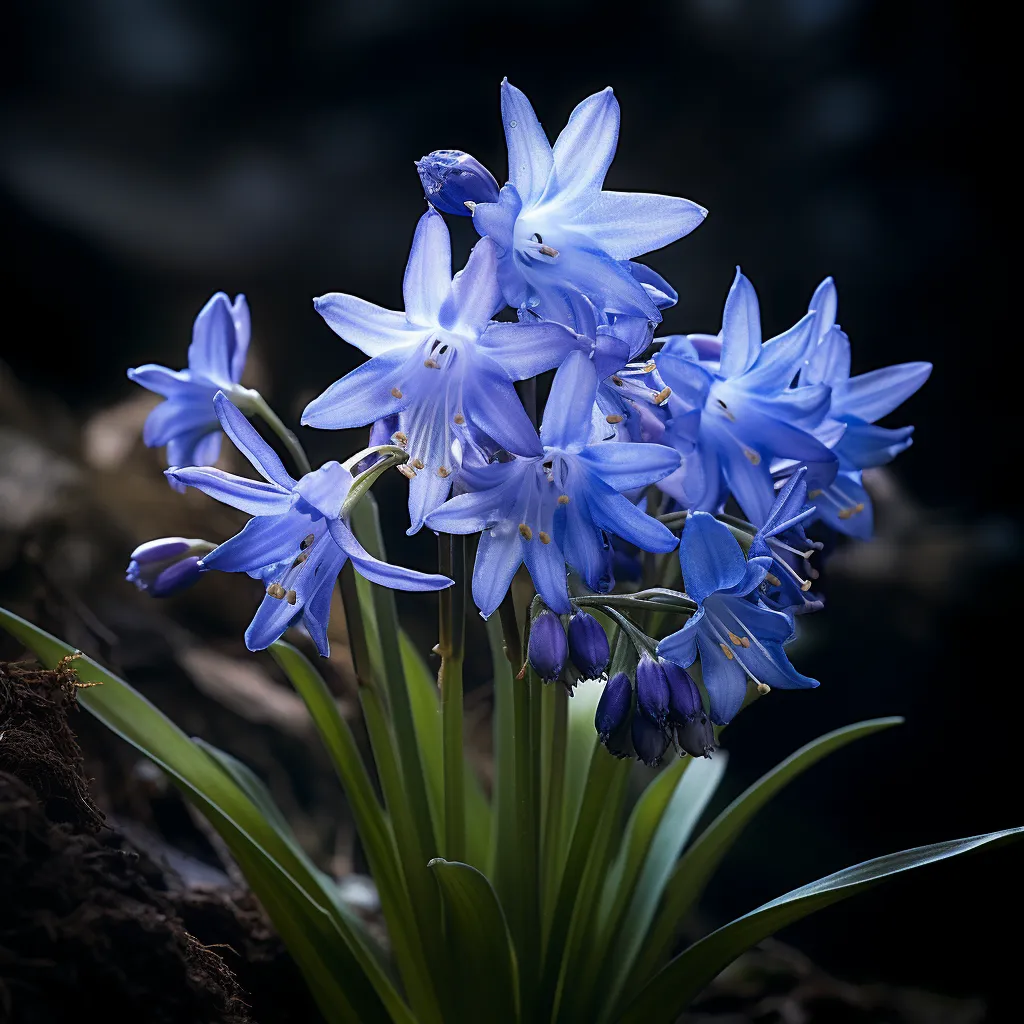Story of Day :
Contents
Scilla Persica (Scilla persica) Plant Care Tips
Gardening can be a rewarding and fulfilling hobby.
It allows you to connect with nature, take part in the growth process of plants, and create beautiful landscapes.
One plant that can add a touch of elegance and color to your garden is the Scilla Persica (Scilla persica).
This stunning bulbous plant originates from the Middle East and has become a popular choice among garden enthusiasts around the world.
1.
Understanding Scilla Persica
Before diving into care tips, it’s important to understand what makes Scilla Persica so unique.
Also known as Persian Bluebell or Persian Squill, this plant produces vibrant blue flowers that resemble tiny upside-down wine glasses on tall stems.
The flowers bloom in late winter or early spring, adding a burst of color when most other plants are still dormant.
2.
Planting Scilla Persica

To ensure successful growth of your Scilla Persica bulbs, follow these planting tips:
- Selecting the right location: Choose a spot in your garden that receives partial shade to full sun exposure.
- Suitable soil conditions: The soil should be well-draining and moderately fertile.
- Bulb depth: Plant bulbs at a depth of around 4 inches (10 cm).
- Spacing: Space bulbs approximately 3-4 inches (7-10 cm) apart to allow for proper growth.
3.
Watering Requirements
To keep your Scilla Persica healthy and thriving, it’s essential to provide adequate water without overwatering.
Follow these watering tips:

- Watering frequency: Water the bulbs regularly during the growing season, especially when there is no rainfall.
Aim for moist soil but avoid waterlogging.
- Spring drought: During late spring and summer, reduce watering as Scilla Persica becomes dormant.
4.
Fertilizing Scilla Persica
Fertilization plays a crucial role in promoting healthy growth and blooming of your Scilla Persica plants.
Consider these fertilizing tips:
- Spring feeding: Apply a balanced slow-release fertilizer in early spring when new growth appears.
- Avoid excessive nitrogen: Too much nitrogen can lead to excessive foliage growth at the expense of flowers.

5.
Controlling Pests and Diseases
To ensure your Scilla Persica remains pest-free and disease-resistant, incorporate these preventive measures into your care routine:
- Aphid control: Monitor your plants for aphids and use organic sprays or soapy water to control infestations.
- Fungal diseases prevention: Ensure proper air circulation around the plants by avoiding overcrowding.
Remove any infected leaves promptly to prevent the spread of diseases such as leaf spot or powdery mildew.</
>
6.
Propagation Techniques
>
If you wish to expand your collection of Scilla Persica or share it with fellow gardeners, consider these propagation methods:>
- >
- >Strong>Bulb division:>This method involves carefully dividing bulbs during their dormant period (late spring or early summer) and replanting them in suitable locations.
- >Strong>Seeds:If you’re feeling adventurous, you can collect seeds from mature plants and sow them indoors during early spring.
Keep the seedlings in a warm, well-lit area until they are ready to be transplanted outdoors.
>
7.
Conclusion
Caring for Scilla Persica requires some knowledge and attention to detail, but the rewards are certainly worth it.
By providing the right growing conditions, including proper planting techniques, watering habits, fertilization schedules, pest control measures, and propagation methods, you can enjoy the beauty of this stunning plant in your garden for years to come.